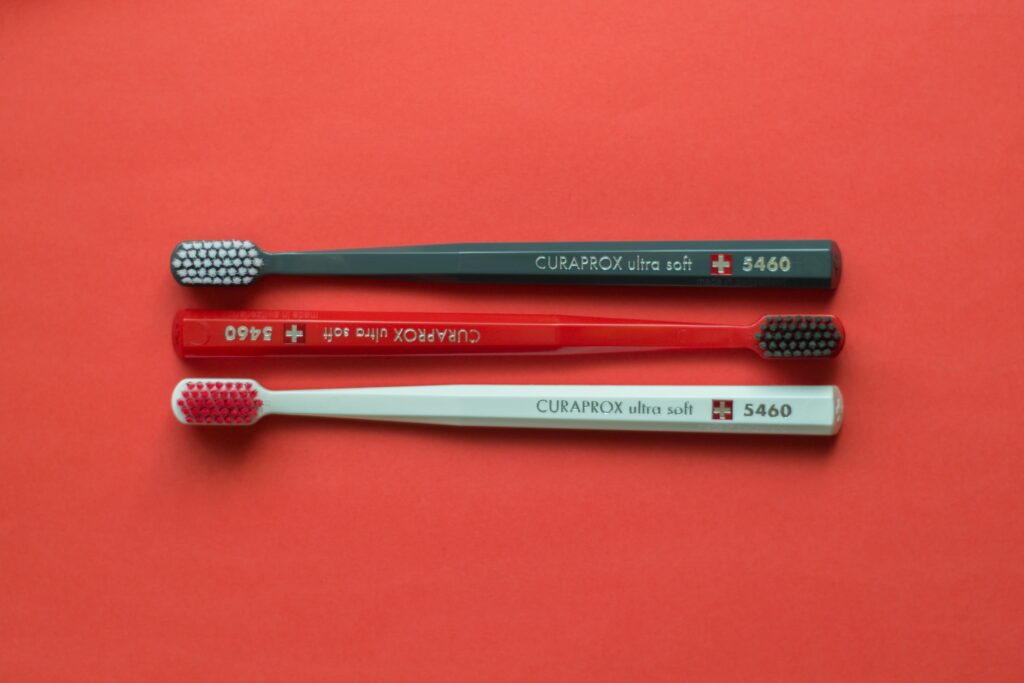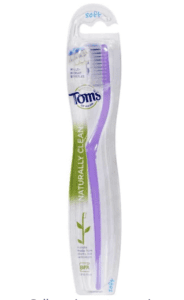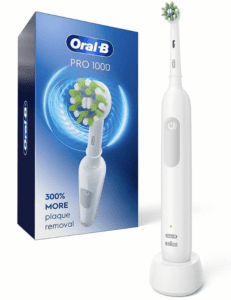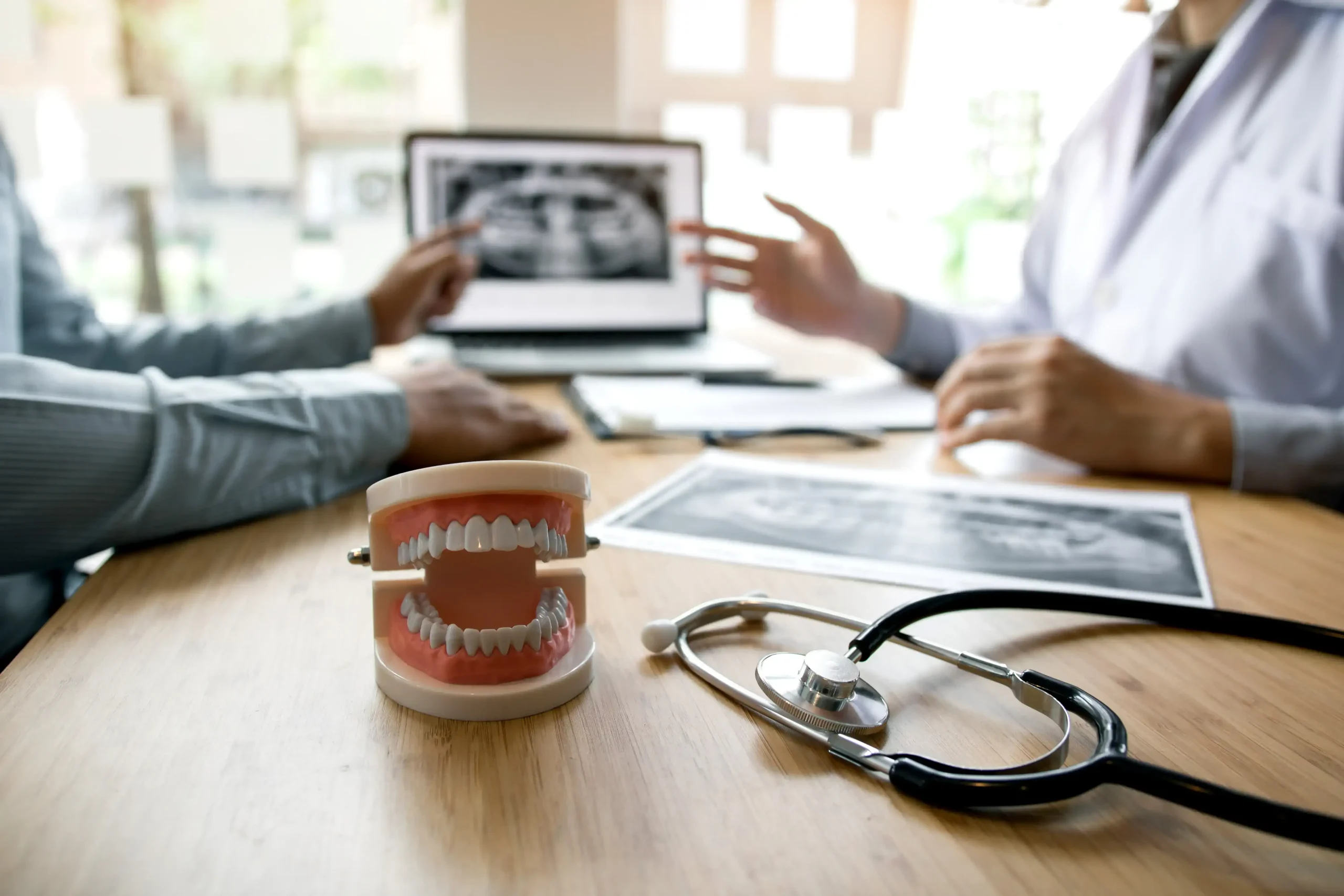Table of Contents
Choosing the right toothbrush is a crucial part of maintaining optimal dental health. With a myriad of options available, it can be overwhelming to decide which toothbrush is best for you.
This comprehensive guide will provide detailed information on how to select the best toothbrush, whether manual or electric, for your specific needs.
Understanding the Importance of the Right Toothbrush
The toothbrush is your primary tool in maintaining oral hygiene and preventing dental issues such as cavities and gum disease. It helps remove plaque and food particles from your teeth, keeping your mouth clean and fresh.
However, not all toothbrushes are created equal, and the right toothbrush for you depends on your individual dental needs and preferences. For more information on maintaining your dental health and the professional dental treatments available, visit our Dental Services page.
Manual vs. Electric Toothbrushes: Which One to Choose?
The choice between manual and electric toothbrushes often comes down to personal preference.
Manual toothbrushes are easy to control, widely available, and affordable. On the other hand, electric toothbrushes can make brushing easier, especially for those with dexterity issues, and may remove more plaque than manual brushing.
However, they are more expensive and require charging or battery replacement. Ultimately, the best toothbrush is the one that you will use correctly and consistently.
Key Factors to Consider When Choosing a Toothbrush
When choosing a toothbrush, consider factors like bristle hardness, toothbrush head size, handle design, price, and personal comfort. Dentists often recommend soft bristles, as hard or even medium bristles can damage your gums and tooth enamel.
The toothbrush head should fit comfortably in your mouth and reach all areas easily. The handle should feel comfortable in your hand and allow for a good grip.
The Role of Bristles in Cleaning Your Teeth
Toothbrush bristles play a crucial role in cleaning your teeth. Soft bristles are generally recommended by dentists as they are less likely to damage your gums and tooth enamel. They can effectively remove plaque and debris from your teeth and along the gum line.
Medium and hard bristles may be suitable for some people, but they should be used with caution to avoid damaging your oral tissues.
When and Why to Replace Your Toothbrush
Toothbrushes should be replaced every three months or sooner if the bristles become frayed. Worn-out bristles are less effective at cleaning your teeth and may harbor harmful bacteria. Regular replacement ensures that your toothbrush is in good condition and can effectively clean your teeth.
For more tips on maintaining dental hygiene, visit our Dental Hygiene page.
Recommendations for the Best Toothbrushes in 2023
Choosing the right toothbrush can be a personal decision, but here are some top picks based on online reviews and dentist recommendations:
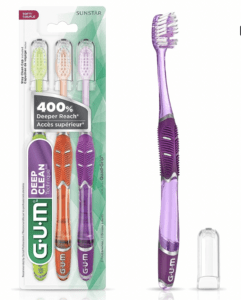
- GUM 525E: Known for its innovative design for optimal oral care.

- Tom’s of Maine Soft Toothbrush: Praised for its small brush head, soft bristles, and uniquely curved handle.

- Oral-B Pro 1000: Recognized as the best overall electric toothbrush.
How to Properly Brush Your Teeth
Proper brushing technique is as important as choosing the right toothbrush.
- Brush your teeth twice a day for two minutes each time
- Hold your toothbrush at a 45-degree angle to your gums and use short, gentle strokes
- Make sure to brush all surfaces of your teeth – the outer surface, the inner surface, and the chewing surface
- Don’t forget to brush your tongue to remove bacteria and freshen your breath. For more educational resources on dental care, visit our Patient Education page
Common Mistakes to Avoid When Brushing Your Teeth
Avoid common mistakes such as not brushing long enough, brushing too hard, and not replacing your toothbrush regularly.
- Brushing for at least two minutes ensures that you thoroughly clean all your teeth.
- Brushing too hard can damage your gums and tooth enamel, so use gentle strokes.
- Regularly replacing your toothbrush ensures that it can effectively clean your teeth.
Consult Your Dentist
For personalized advice on choosing a toothbrush, consult your dentist. They can consider your specific dental needs and preferences to recommend the best toothbrush for you.
At Dorset Dental, we offer professional dental consultations. Visit our Contact Us page to schedule an appointment.
Conclusion
Choosing the right toothbrush is an important step in maintaining your dental health. Whether you prefer a manual or electric toothbrush, the best toothbrush for you is the one that you will use correctly and consistently.
Remember to replace your toothbrush regularly and use the proper brushing technique. With the right toothbrush and good oral hygiene habits, you can keep your teeth clean and healthy.

DONT'T DELAY BOOK TODAY!
The Scarborough Dentist You Can Trust 🦷
Smile with Confidence: Unveiling the Best Toothbrush Selection Guide for Scarborough! Presented by Dorset Dental.
Latest Posts

Lost a Tooth During Black Friday Shopping? What to Do — and How Dorset Dental Can Help
Black Friday shopping in Scarborough can be hectic. With crowded stores, tight spaces, and the rush to snag the best deals, accidents happen — including unexpected dental injuries. If you end up with a knocked-out tooth, knowing what to do in the moment can make all the difference. As your trusted Scarborough Dentist and Family Dentist, Dorset Dental is here to guide you through the steps and provide fast, reliable Emergency care when you need it most. How Does a Black Friday Accident Lead to a Knocked-Out Tooth? You’d be surprised how often it happens: A sudden elbow in a packed checkout line Slipping on a wet mall floor A shopping cart collision Rushing during door-crasher sales No matter how it occurs, a knocked-out tooth is a true dental emergency — but with quick action, the tooth may still be saved. What To Do Immediately After a Tooth Gets Knocked Out 1. Stay Calm — Every Minute Counts Your best chance of saving the tooth is to see a dentist near me within 60 minutes. 2. Locate the Tooth Pick it up by the crown only. Avoid touching the root, as this can damage delicate tissues. 3. Rinse Carefully If the tooth is dirty, rinse briefly with milk or saline.Do not scrub or use soap. 4. Try to Put the Tooth Back Gently place it back in the socket and bite down softly on gauze.This helps preserve the root. 5. Keep It Moist If Reinsertion Isn’t Possible Place the tooth in: Milk A tooth preservation kit Inside your cheek Never let it dry out. 6. Call Dorset Dental Immediately We reserve space for Emergency dental visits.Call 416-261-2946 while you are on the way. How Dorset Dental Treats a Knocked-Out Tooth At Dorset Dental — your community Scarborough Dentist — we will assess the tooth and determine the best treatment: ✔ Reimplantation If the tooth is viable, we can carefully secure it back in place. ✔ Splinting We stabilize the tooth so it can heal properly over the coming weeks. ✔ Root Canal Treatment Often recommended after reimplantation to ensure long-term success. ✔ Replacement Options If the tooth cannot be saved, our Family Dentist team offers: Dental implants Bridges Cosmetic restorations We’ll help you choose the option that best restores your smile. Why Choose Dorset Dental in Scarborough for Emergency Care? Trusted Family Dentist serving the Scarborough Bluffs community Fast, reliable Emergency dental appointments Modern technology Compassionate, experienced team Convenient location at 119 Dorset Road Whether you’re searching for a dentist near me or need urgent help, Dorset Dental is here to support you. Final Thoughts A Black Friday shopping mishap doesn’t have to mean losing your smile. Quick action — and a trusted Scarborough Dentist — can make all the difference. If you or a loved one experiences a dental Emergency, call Dorset Dental right away at 416-261-2946. Our team is ready to help you get back to smiling with confidence. 0/5 (0 Reviews)

How a Dental Cleaning Supports Heart Health — And Why You Should Book Before Year-End
Most people know that a Dental Cleaning helps keep teeth bright and gums healthy — but many don’t realize it can also help protect your heart health. At Dorset Dental, your trusted Scarborough Dentist, we care about your oral health and your overall well-being. With the end of the year approaching, now is the perfect time to schedule your cleaning and maximize your dental insurance before your benefits reset. The Mouth–Heart Connection Your oral health and heart health are deeply linked. Research shows that gum disease (periodontal disease) is associated with an increased risk of heart problems, including heart disease, clogged arteries, and stroke. Here’s why: 1. Inflammation Travels Gum disease causes inflammation in the mouth. When untreated, that inflammation can spread through the bloodstream and contribute to inflammation in blood vessels — a major risk factor for cardiovascular disease. 2. Bacteria Enter the Bloodstream Harmful bacteria from infected gums can enter the bloodstream and attach to blood vessels, potentially contributing to plaque buildup and reduced blood flow. 3. Shared Risk Factors Lifestyle factors like poor diet, smoking, and stress affect both gum health and heart health. This makes routine dental care essential for your overall well-being. Why Regular Dental Cleanings Matter A professional Dental Cleaning removes plaque and tartar buildup that you cannot eliminate with brushing or flossing alone. Regular cleanings help: Reduce gum inflammation Prevent gum disease Lower harmful oral bacteria Promote healthier blood vessels and circulation At Dorset Dental, we provide gentle, thorough cleanings to help patients from Scarborough, the Bluffs, and surrounding communities maintain excellent oral and overall health. Use Your Dental Insurance Before It Expires Most insurance plans reset on January 1st — meaning unused benefits do not carry forward. Booking your dental cleaning now helps you: Maximize your dental coverage Prevent gum disease and support heart health Avoid the end-of-year rush and limited availability Start the new year with a clean, healthy smile If you haven’t used your 2025 cleaning or exam benefits yet, now is the best time to book. Visit Your Trusted Scarborough Dentist — Dorset Dental Whether you’re in Scarborough, the Bluffs, or nearby communities, Dorset Dental is here to support your health with comprehensive care and comfortable visits. 📞 Call us: 416-261-2946📍 119 Dorset Road, Scarborough, ON M1M 2S9💻 Book online anytime! 0/5 (0 Reviews)
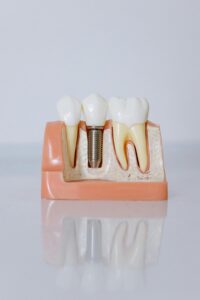
Don’t Lose Your 2025 Dental Benefits — Schedule Your Appointment Before the Year Ends!
As the year comes to a close, life in Scarborough, especially around the Cliffside and Bluffs neighbourhoods, gets busy with holiday plans, family gatherings, and festive activities. But before you dive into the celebrations, don’t forget one important thing — your dental health! If you haven’t used your dental benefits yet, now is the perfect time to schedule your appointment at Dorset Dental in Scarborough before the year wraps up. 🦷 Why You Should Book Before December 31st Most dental insurance plans reset on January 1st, meaning any unused benefits for cleanings, exams, or treatments will not carry over into the new year. That means if you delay your visit, you could lose hundreds of dollars in coverage that you’ve already paid for through your premiums. At Dorset Dental, conveniently located near the Scarborough Bluffs and Cliffside Village, we want to help you maximize your benefits and keep your smile healthy and bright all year round. ✅ Use Your 2025 Benefits For: Routine cleanings and checkups Fillings, crowns, or other restorative treatments Whitening or cosmetic touch-ups before holiday photos Periodontal maintenance or gum care Orthodontic adjustments and follow-ups 📅 Appointments Fill Up Fast Our schedule fills quickly in November and December as patients in Scarborough, Cliffside, and the Bluffs area book last-minute appointments to use their benefits. To ensure you get a time that works best for you and your family, book your appointment as soon as possible. 💙 We’re Here to Help If you’re not sure what your insurance covers or how much of your benefits remain, our friendly team can help you review your plan and make the most of it. Don’t wait until it’s too late — your future self (and your smile) will thank you! 📍 Dorset Dental119 Dorset Road, Scarborough, ON M1M 2S9📞 Call us today: 416-261-2946 0/5 (0 Reviews)
